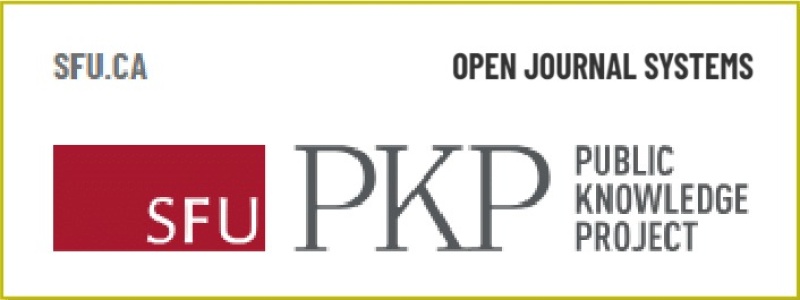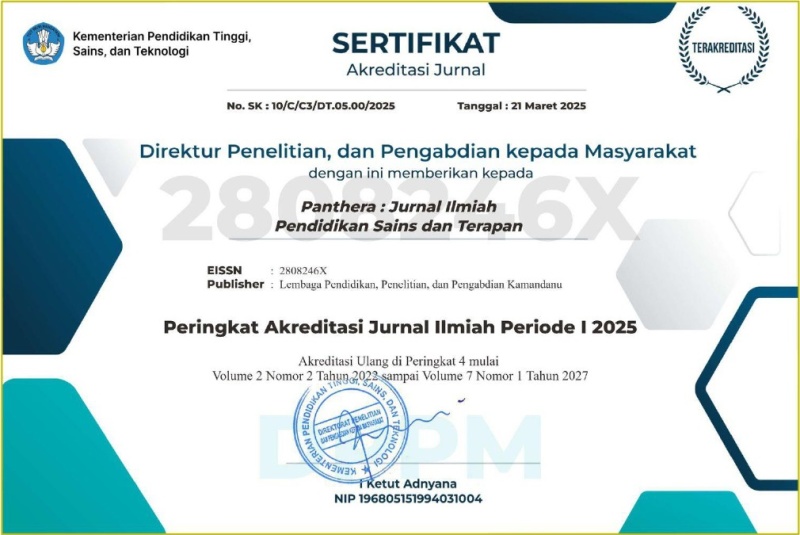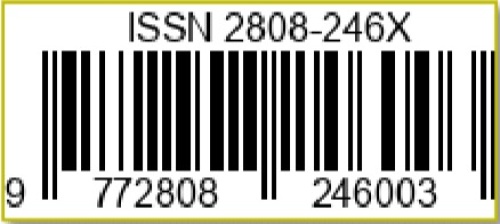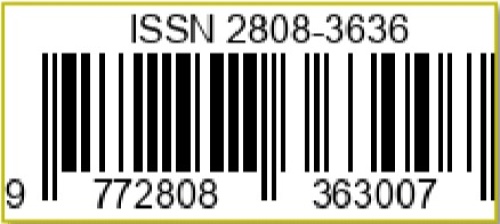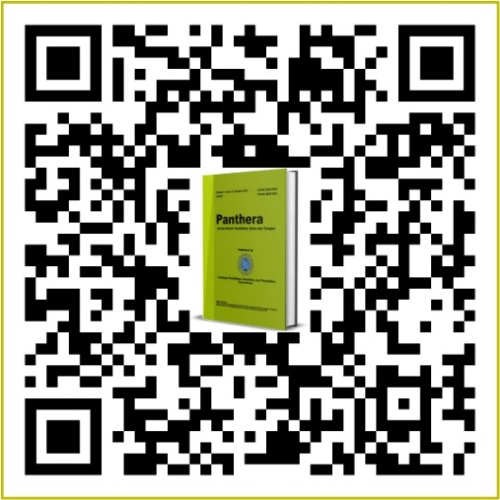Efektifitas Penggunaan Abu Gosok Jerami dengan Abu Pelepah Kelapa pada Kualitas Telur Asin Ayam Broiler
DOI:
https://doi.org/10.36312/pjipst.v1i1.25Keywords:
Broiler Chicken Eggs, Organoleptic Test, Straw Rub Ash, Coconut Frond Ash.Abstract
Broiler eggs are one of the eggs that have the highest consumption rate compared to other types of eggs. However, the shelf life of broiler eggs is very short. The purpose of the study was to analyze the effectiveness of using straw scrubbing ash with coconut fronds in the process of making salted eggs. The research was conducted by analyzing the organoleptic test results of respondents on the quality of broiler chicken salted eggs. The results of the study stated that the results of organoleptic tests using statistical tests at a significance level of 5%, in treatment P0 obtained an Fcount value of 8.954 which was greater than Ftable of 2.47, in P1 obtained an Fcount of 2.861 which was greater than Ftable of 2.47, and in P3 the Fcount value of 5.912 is greater than Ftable of 2.47. Meanwhile, in the P2 treatment, the Fcount value of 0.434 was smaller than the Ftable of 2.47. Thus, it can be concluded that the quality of salted eggs using straw rub ash with coconut fronds in the P0, P1, and P3 treatments was significantly accepted by the respondents. In addition, the quality of broiler chicken salted eggs in treatment P2 was not significantly different and was declared unacceptable by the respondents.
Downloads
References
Agus, G. T. K. (2002). Intensifikasi Beternak Itik. Jakarta: Agromedia Pustaka.
Arikunto, S. (2010). Prosedur Penelitian Suatu Pendekatan Praktek. Jakarta: PT. Rineka Cipta.
Komala, I. (2008). Kandungan Gizi Produk Peternakan. Student Master Animal Science, Fac. Agriculture-UPM.
Lukito, G. A., Suwasrastuti, A., & Hintono, A. (2012). Pengaruh Berbagai Metode Pengasinan terhadap Kadar NaCl, Kekenyalan dan Tingkat Kesukaan Konsumen pada Telur Puyuh Asin. Animal Agriculture Journal, 1(1), 829-838.
Nazir, M. (2011). Metode Penelitian. Bogor: Penerbit Ghalia Indonesia.
Novia, D., Melia, S., & Ayuza, N. Z. (2011). Kajian Suhu Pengovenan terhadap Kadar Protein dan Nilai Organoleptik Telur Asin. Jurnal Peternakan, 8(2), 70-76. http://dx.doi.org/10.24014/jupet.v8i2.200
Oktaviani, H., Martuti, N. K. T., & Utami, N. R. (2012). Pengaruh Pengasinan terhadap Kandungan Zat Gizi Telur Bebek yang Diberi Limbah Udang. Jurnal Unnes of Life Science, 1(2), 106-112.
Prihartari, M. (2010). Pengaruh Lama Perendaman Abu Pelepah Kelapa terhadap Sifat Fisik, Organoleptik, Daya Simpan, dan Kadar Kalsium Telur Asin (Pemanfaatan Abu Pelepah Kelapa sebagai Alternatif Pengganti Garam Dapur). Yogyakarta: Jurusan Gizi, Poltekkes Kemenkes.
Putra, N. (2011). Penelitian dan Pengembangan: Suatu Pengantar. Jakarta: PT. Raja Grafindo Persada.
Rahmawati, S., Setyawati, T. R., & Yanti, A. H. (2014). Daya Simpan dan Kualitas Telur Ayam Ras Dilapisi Minyak Kelapa, Kapur Sirih, dan Ekstrak Etanol Kelopak Rosella. Protobiont : Journal of Biological Sciences, 3(1), 55-60. http://dx.doi.org/10.26418/protobiont.v3i1.4582
Setyaningsih, D., Apriyantono, A., & Sari, M. P. (2010). Analisis Sensori untuk Industri Pangan dan Argo. Bogor: IPB Press.
Sudaryani, T. (2003). Kualitas Telur. Jakarta: PT. Penebar Swadaya.
Sudaryani, T., & Santosa, H. (2010). Pembibitan Ayam Ras. Jakarta: PT. Penebar Swadaya.
Sugiyono. (2011). Metode Penelitian Kuantitatif, Kualitatif, dan R&D. Bandung: CV. Alfabeta.
Suprapti, M. L. (2002). Pengawetan Telur. Yogyakarta: Kanisius.
Trihendrokesowo. (2003). Petunjuk Laboratorium Mikrobiologi Pangan. Yogyakarta: Universitas Gajah Mada Press.
Wikanastri, H., & Nurrahman. (2006). Studi tentang Perubahan Kadar Iodium dan Sifat Organoleptik pada Proses Pembuatan dan Waktu simpan Telur Asin. Jurnal Litbang Universitas Muhammadiyah Semarang, 4(3), 54-61.
Yosi, F., Hidayah, N., Jurlinda., & Sari, M. L. (2016). Kualitas Fisik Telur Asin Itik Pegagan yang Diproses dengan Menggunakan Abu Pelepah Kelapa Sawit dan Asap Cair. Buletin Peternakan, 40(1), 66-74. https://doi.org/10.21059/buletinpeternak.v40i1.8886

Downloads
Published
How to Cite
Issue
Section
License
Copyright (c) 2021 Siti Rabiatul Fajri, Sucika Armiani, & Masiah

This work is licensed under a Creative Commons Attribution-ShareAlike 4.0 International License.
-
Attribution — You must give appropriate credit, provide a link to the license, and indicate if changes were made. You may do so in any reasonable manner, but not in any way that suggests the licensor endorses you or your use.
-
ShareAlike — If you remix, transform, or build upon the material, you must distribute your contributions under the same license as the original.

